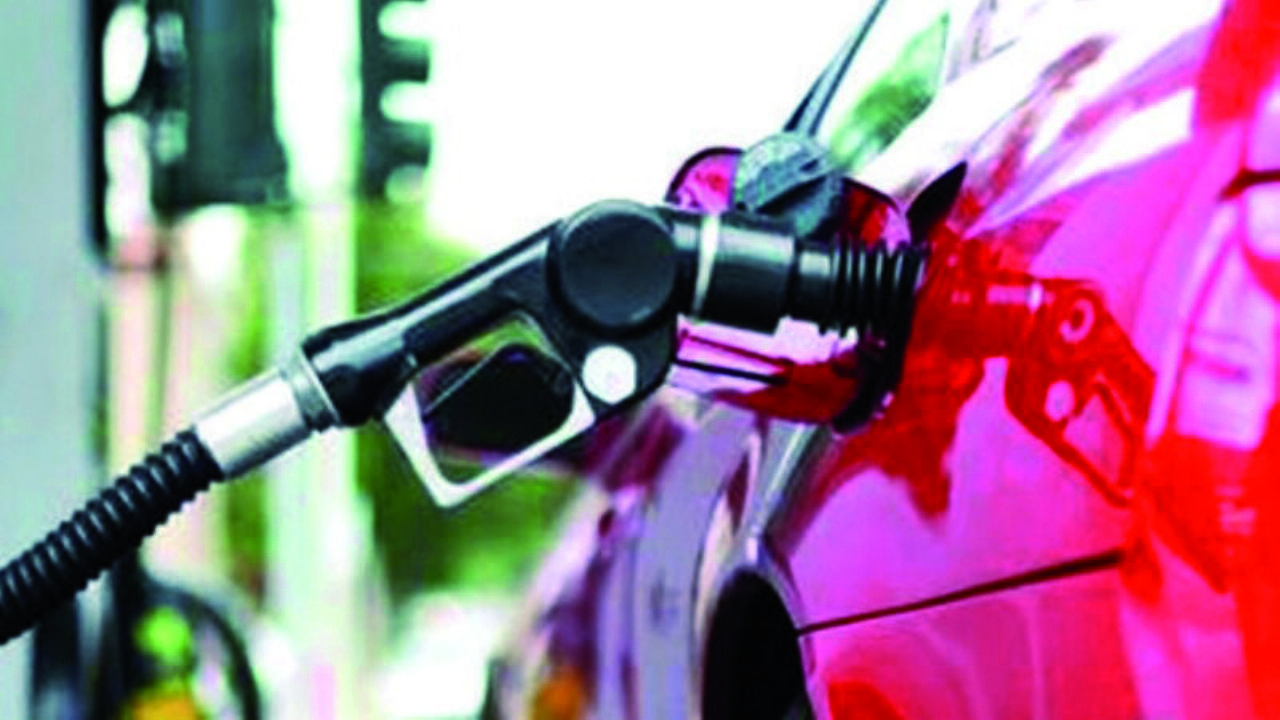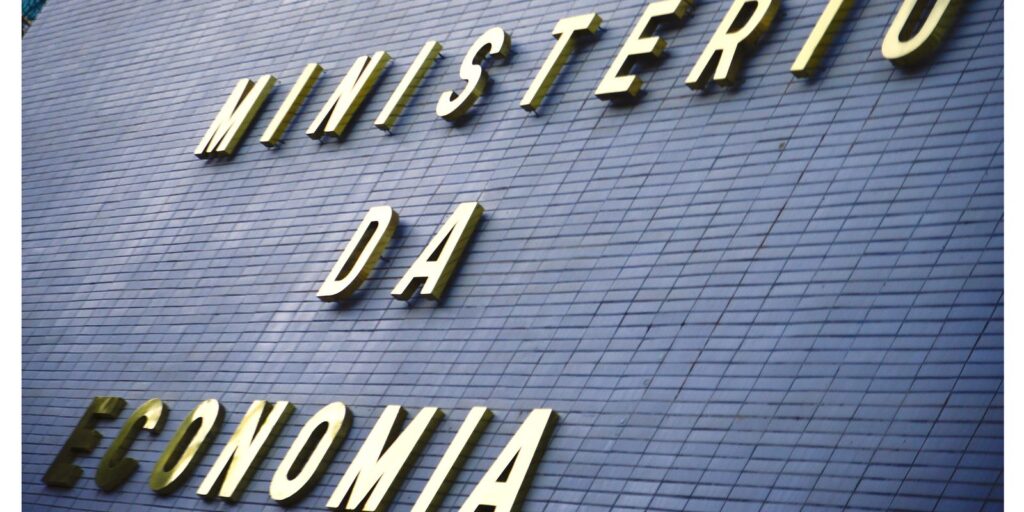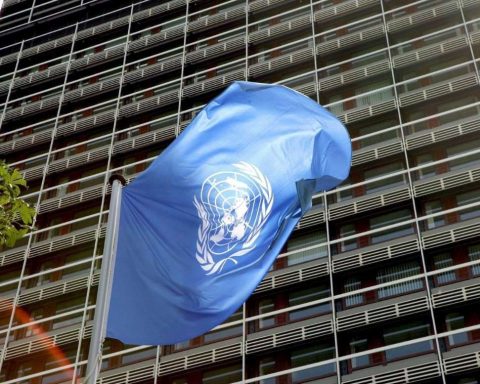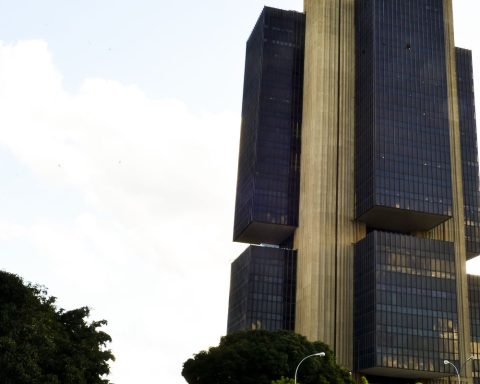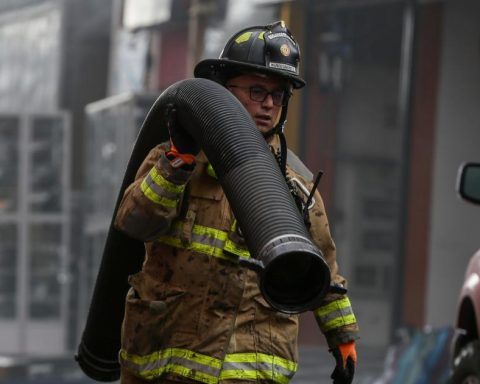Page Seven / La Paz
Last year fuel imports reached 2,211.4 million dollars, the largest in the country’s history, according to the Bolivian Institute of Foreign Trade (IBCE).
The fall in the production of gasoline and diesel and the growing consumption cause a growing deficit that must be compensated with external purchases.
According to figures from the National Institute of Statistics (INE), fuel imports last year increased by up to 140% compared to purchases made in 2020, which were 920 million dollars.
The manager of the IBCE, Gary Rodríguez, reported that fuel imports represent 20% of the country’s spending in foreign currency to bring this product. “Never in the history of the country have we imported so much diesel and gasoline in value and volume,” Rodríguez said.
He explained that the production of ethanol and the decision of the Bolivian Fiscal Petroleum Deposits (YPFB) to buy 160 million liters from agribusiness will allow savings of 100 million dollars in spending on gasoline that will no longer be imported from abroad.
“The same should be done with the production of biodiesel. Incentives must be generated so that agribusiness can make the necessary investments to produce raw materials, industrialize and have biodiesel that allows substituting imports”, he specified.
This will allow, he said, to save foreign currency, generate economic movement, jobs, taxes for the State and economic growth. “We need clear signs and rules of the game and meet with the Government to see the needs of the productive sector,” Rodríguez remarked.
Yacimientos figures reveal that the production of special gasoline in 2016 was 24,112 barrels per day (BBLD) and the commercialization reached 28,297 barrels. This showed that year a deficit of 4,185 barrels that are covered with imports to avoid shortages.
Last year the drop in production reached 14,809 barrels and demand grew to 34,065 barrels, with which the deficit skyrocketed to 19,256 barrels (data to October).
In the case of diesel, official data shows that in 2016 production was 15,903 barrels (BBLD) and demand was 31,148 barrels, with a deficit of 25,245 barrels.
Last year production declined to 11,190 barrels and demand soared to 35,293 barrels, causing the deficit to widen to 24,103 barrels. Between 2016 and 2021, the cost of the diesel and gasoline subsidy skyrocketed from 1,424 million bolivianos to 4,330 million bolivianos.
